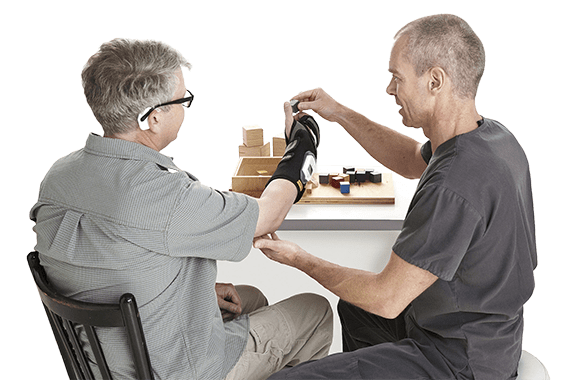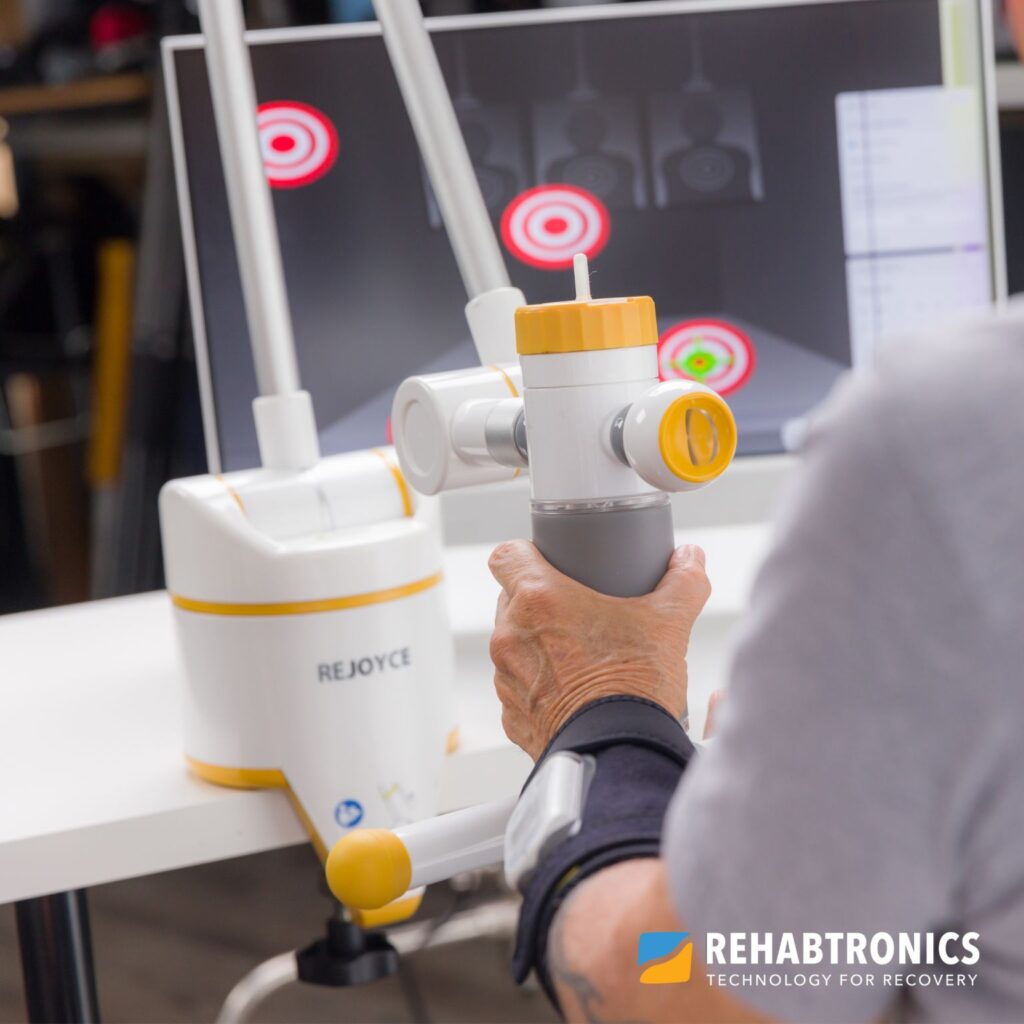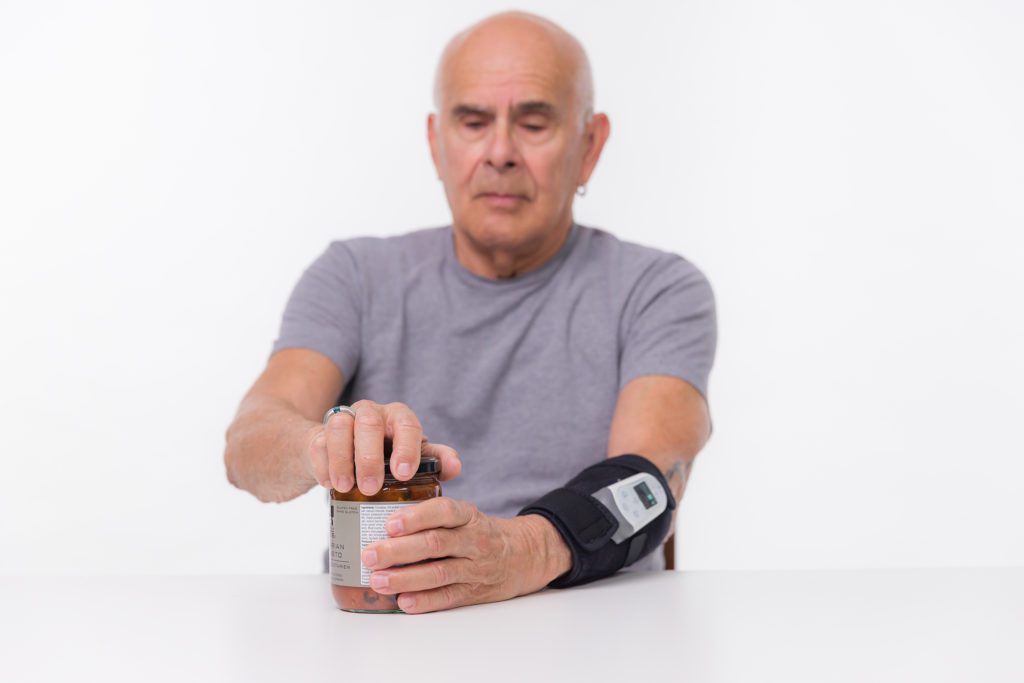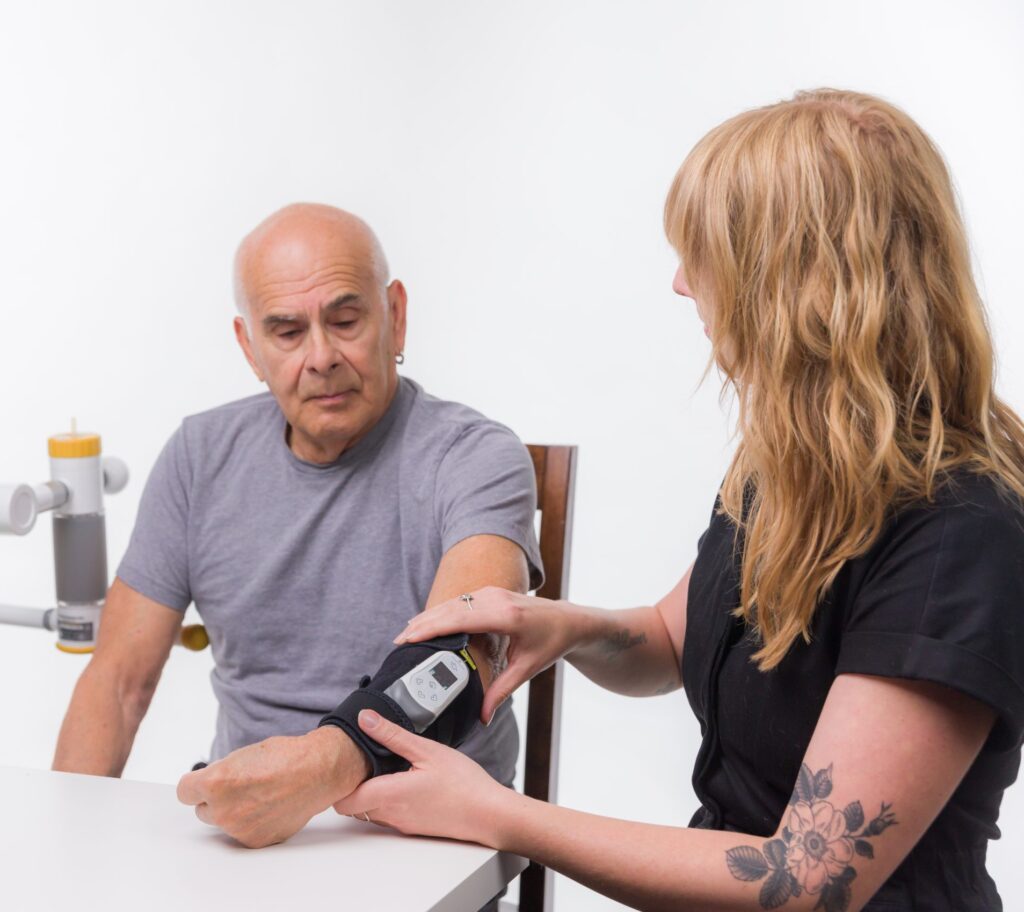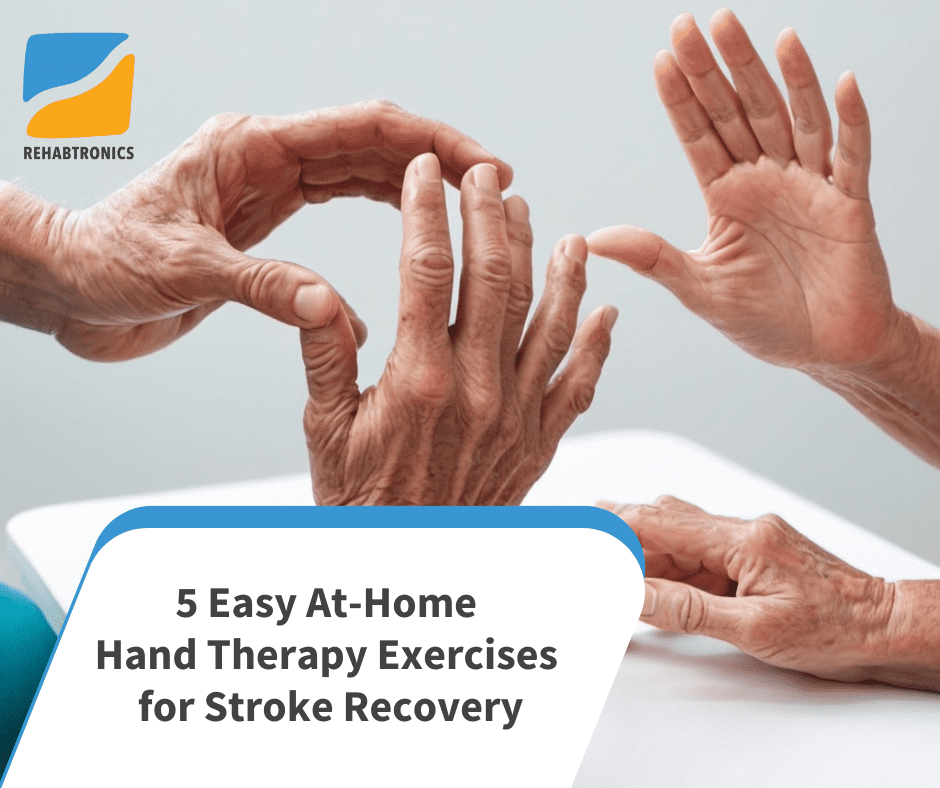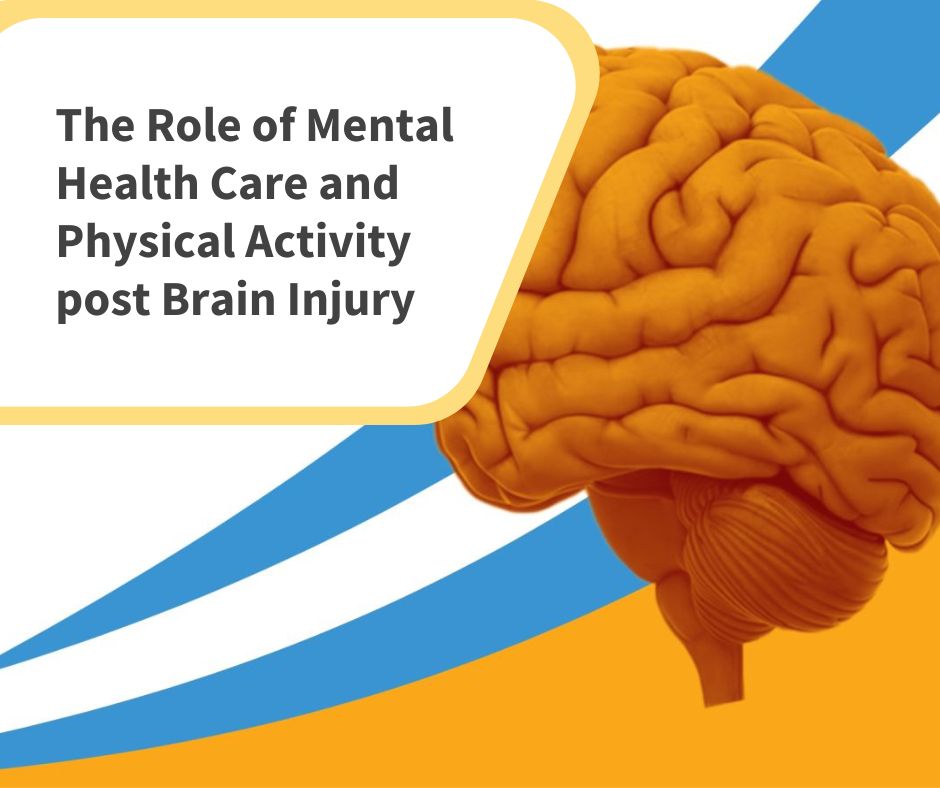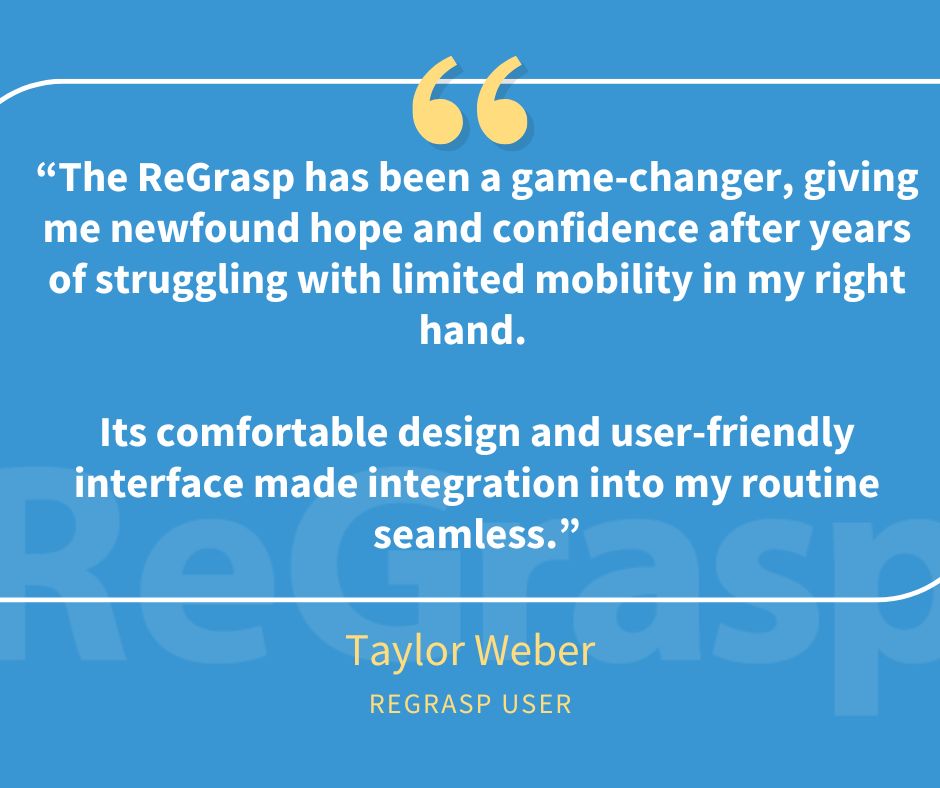Regaining Hand Function with ReGrasp
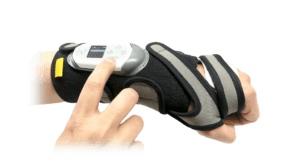 For individuals recovering from a stroke or spinal cord injury (SCI), regaining hand function is often one of the most challenging—and most important—goals of rehabilitation. Loss of hand strength, coordination, and dexterity can dramatically impact independence and quality of life. Fortunately, innovative technologies like ReGrasp are opening new doors for recovery by harnessing the brain and spinal cord’s remarkable ability to heal and adapt—a phenomenon known as neuroplasticity.
For individuals recovering from a stroke or spinal cord injury (SCI), regaining hand function is often one of the most challenging—and most important—goals of rehabilitation. Loss of hand strength, coordination, and dexterity can dramatically impact independence and quality of life. Fortunately, innovative technologies like ReGrasp are opening new doors for recovery by harnessing the brain and spinal cord’s remarkable ability to heal and adapt—a phenomenon known as neuroplasticity.
What Is Neuroplasticity?
Neuroplasticity is the brain’s natural ability to reorganize itself by forming new neural connections. After a stroke or spinal cord injury, parts of the brain or nervous system may be damaged, leading to a loss of motor control. However, with the right stimulation and rehabilitation efforts, healthy areas of the brain can learn to take over lost functions.
This adaptive process requires targeted, repetitive, and meaningful practice—something that traditional therapy alone sometimes struggles to provide in high enough volumes, especially for hand and upper limb recovery. That’s where technologies like ReGrasp come into play.
How ReGrasp Works
ReGrasp is a wearable Neuromuscular Electrical Stimulation (NMES) device designed to assist hand function. It delivers small, safe electrical impulses to the muscles of the forearm and hand, helping the user open and close their hand on command.
ReGrasp is different from passive assistive devices because it actively engages the user’s own muscles and nervous system during therapy and daily activities. This engagement not only supports functional use of the hand but also directly stimulates the neuroplastic changes necessary for long-term recovery.
Key features include:
- Wireless operation controlled by head movements, allowing users with limited hand function to independently trigger hand opening and closing.
- Customizable stimulation programs to match individual therapy goals.
- Durable and lightweight design that patients can use both in clinical sessions and at home for intensive, ongoing therapy.
Why Neuromuscular Electrical Stimulation (NMES) Supports Neuroplasticity
NMES is one of the most powerful tools for promoting neuroplasticity after neurological injury. Here’s why:
- Repetitive, Task-Specific Training:
Neuroplasticity thrives on repetition. NMES allows patients to practice meaningful hand movements—grasping, releasing, manipulating objects—again and again, building new neural pathways. - Sensory Feedback:
The stimulation from NMES devices provides important sensory input to the brain. This feedback strengthens the connection between sensory and motor pathways, helping the brain “relearn” how to control the hand. - Active Participation:
Unlike passive exercises, NMES encourages active engagement. Patients must think about and attempt the movement, combining intention with muscle activation—an essential ingredient for rewiring the nervous system. - Motor Learning Enhancement:
Studies have shown that combining voluntary movement attempts with NMES assistance improves motor learning outcomes compared to passive or therapist-driven movements alone.
Clinical Benefits of Using NMES for Hand Function Recovery

- Improved Hand Function: Patients often show measurable improvements in grip strength, dexterity, and the ability to perform daily tasks.
- Enhanced Independence: By improving the ability to complete basic tasks (e.g., eating, dressing, writing), NMES can significantly boost a patient’s sense of autonomy.
- Faster Recovery Times: Intensive, high-frequency training using NMES can accelerate progress compared to conventional therapy alone.
Real-World Impact of ReGrasp
Thousands of stroke and spinal cord injury survivors have used NMES devices like ReGrasp to support their rehabilitation journeys. Whether it’s regaining the ability to hold a cup, brush teeth, or return to hobbies they once loved, the combination of neuroplasticity and NMES has been life-changing for many.
At Rehabtronics, we believe that recovery should not be limited by technology—it should be powered by it. By giving patients a tool they can control and incorporate into daily life, ReGrasp offers a path not just to movement, but to hope.
Conclusion
Recovery after stroke or spinal cord injury is a long and challenging journey. However, with advancements in neuroscience and rehabilitation technology like ReGrasp, patients today have greater opportunities than ever before to rebuild hand function and reclaim their independence.
Harnessing the power of neuroplasticity, ReGrasp is helping turn small movements into major milestones—one grasp at a time. To learn more, visit our ReGrasp webpage, and watch our instructional YouTube video to learn How ReGrasp works. Feel free to contact us for more information.
